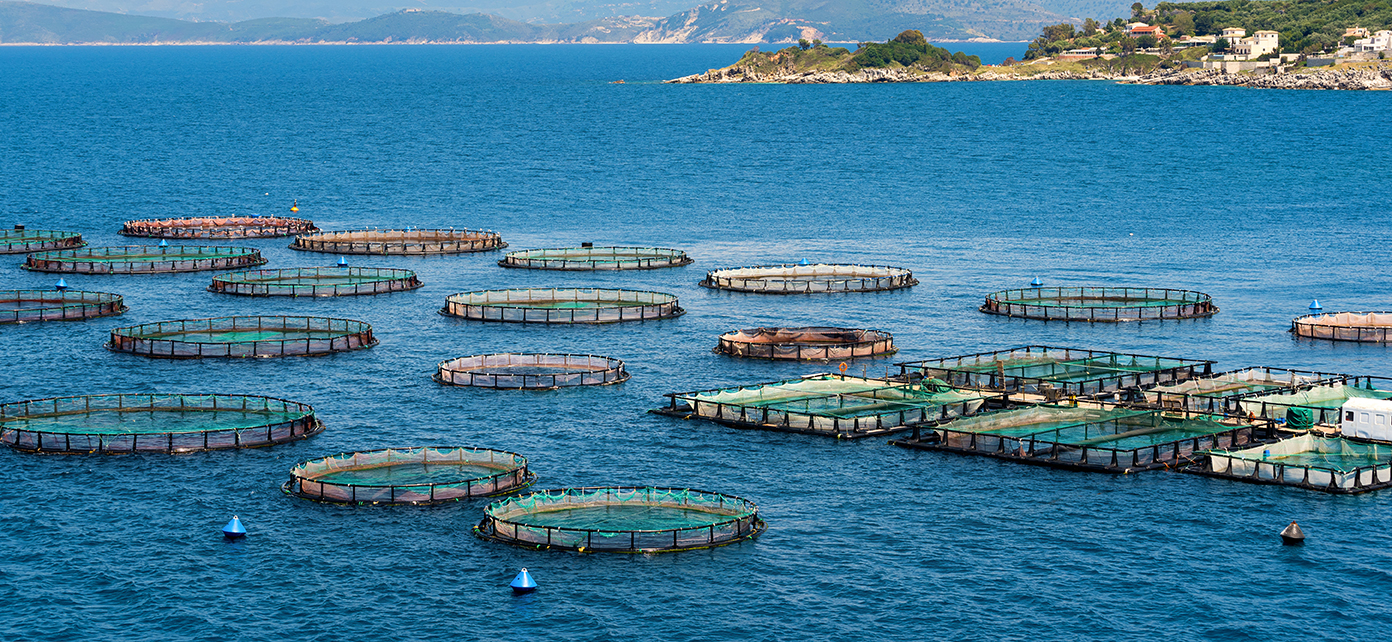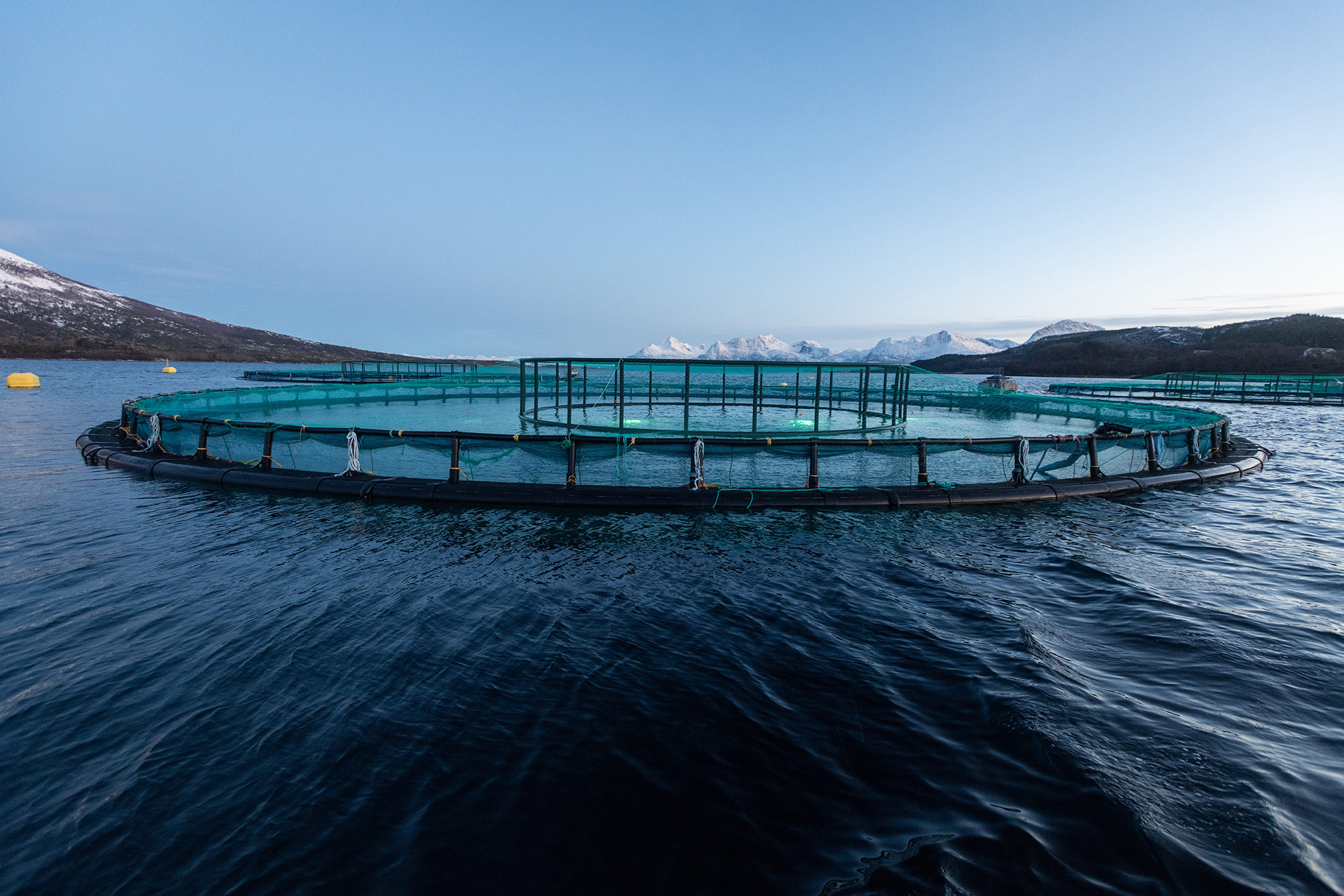Indonesia is actively developing tuna farming as part of its efforts to bolster the aquaculture sector and reduce pressure on the world’s largest marine tuna fisheries. As the leading tuna-catching nation, accounting for approximately 16% of the global tuna supply, Indonesia has realized the unsustainability of intensive fishing practices in its waters.
To address this issue, the Indonesian fisheries ministry has implemented various measures to ensure sustainable tuna production. These measures include the introduction of harvest controls, species monitoring in specific fishing areas, management of fish-aggregating devices, and encouragement of international-standard sustainability certification for fishers. Building on these efforts, the ministry is now exploring the establishment of tuna farms in the country’s bays.
Fisheries Minister Sakti Wahyu Trenggono emphasized the potential benefits of developing tuna farming in Indonesia during a press conference in Legian, Bali. He explained that instead of relying solely on mass tuna catches, the country could opt to catch them and then cultivate them for a specific period. This approach would provide economic added value to the tuna while meeting the protein demands of consumers.
Sakti mentioned that farming tuna in sea pens would require different skills and techniques compared to traditional fishing methods. He sought guidance from a fisheries expert in Turkey and expressed his intention to consult with experts from Australia on tuna-farming techniques. The Turkish expert highlighted Indonesia’s potential to become the world’s largest tuna-farming country.
Indonesia’s abundant bays, particularly in the eastern parts of the country, offer promising sites for tuna farming. Locations such as Kupang in East Nusa Tenggara province and Morotai in Maluku province have been identified as potential areas for tuna farms. The waters surrounding Indonesia’s 17,000 islands serve as important fishing grounds for albacore, yellowfin, bigeye, and southern bluefin tuna, while other regions are crucial spawning grounds for these species.
The Indonesian tuna fishery plays a vital role in the livelihoods of coastal communities and serves as a significant food source for consumers worldwide. In 2021, the country produced 791,000 metric tons of caught tuna, valued at 22 trillion rupiah ($1.5 billion). The majority of exports, totaling 174,764 metric tons valued at over 10.6 trillion rupiah (more than $710 million), were sent to the United States, Japan, Thailand, Saudi Arabia, the European Union, Australia, Vietnam, the United Kingdom, and the Philippines.
The government is also pushing for more sustainable certification and eco-labeling of tuna fisheries in Indonesia. Certification schemes ensure that fish stocks are sustainable, environmental impacts are minimized, labor rights are respected, supply chains are transparent and traceable, and management follows best practices.
President Joko Widodo instructed the fisheries ministry to enhance the country’s aquaculture productivity at the start of his second term in 2019. Indonesia is among the top global producers in aquaculture, which has seen a remarkable 527% growth from 1990 to 2018. In the third quarter of 2021, the country’s aquaculture output reached 12.25 million metric tons, representing a 6% increase compared to the same period in 2020. The aquaculture sector contributed approximately $1.94 million in non-tax state revenue by November 2021, surpassing the target of $1.39 million set by the ministry.
The original article pre-edited is available at Mongabay.com.



